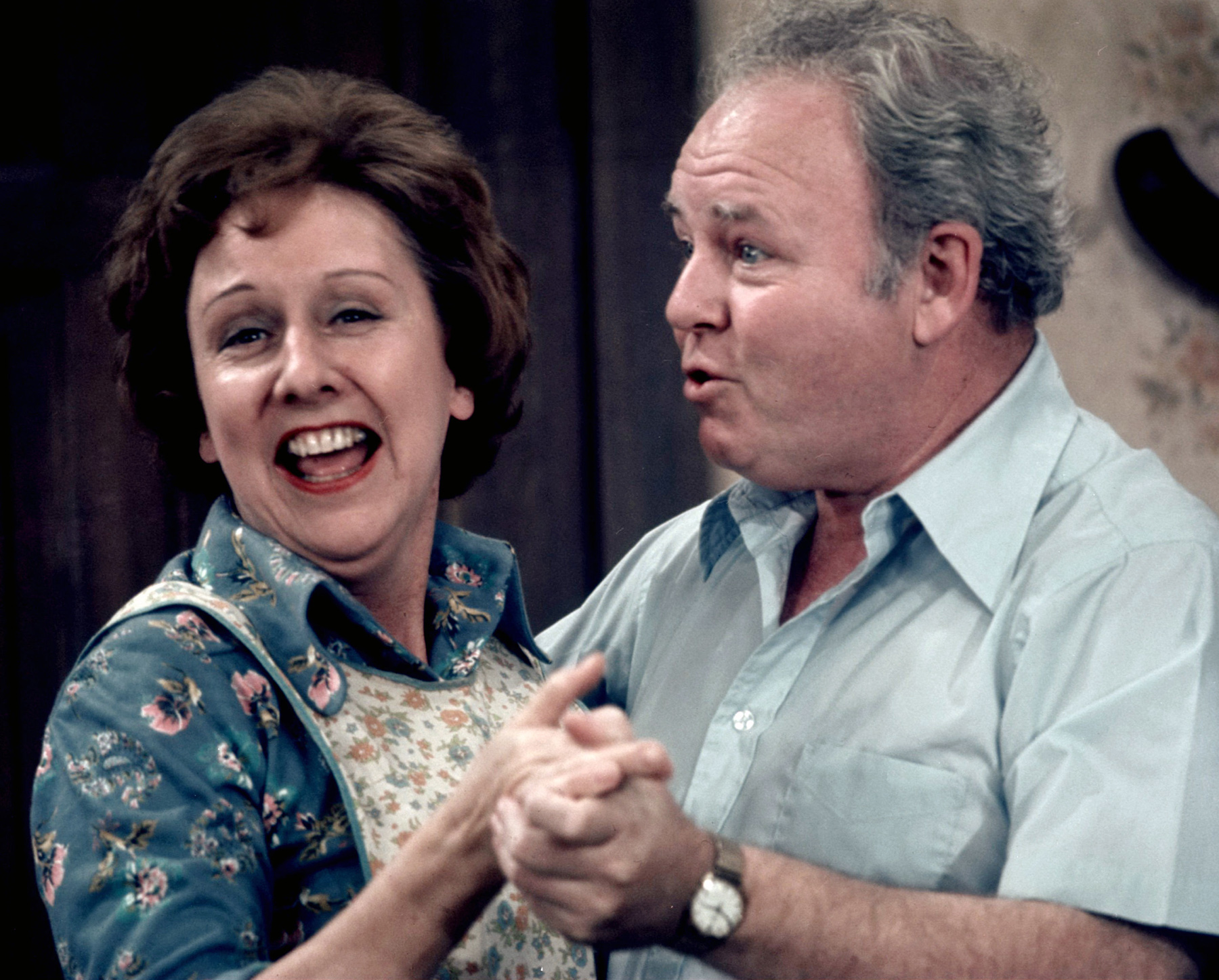Nostalgic America
10 Classic TV Shows Baby Boomers Loved
By Bruce Berns · October 14, 2024
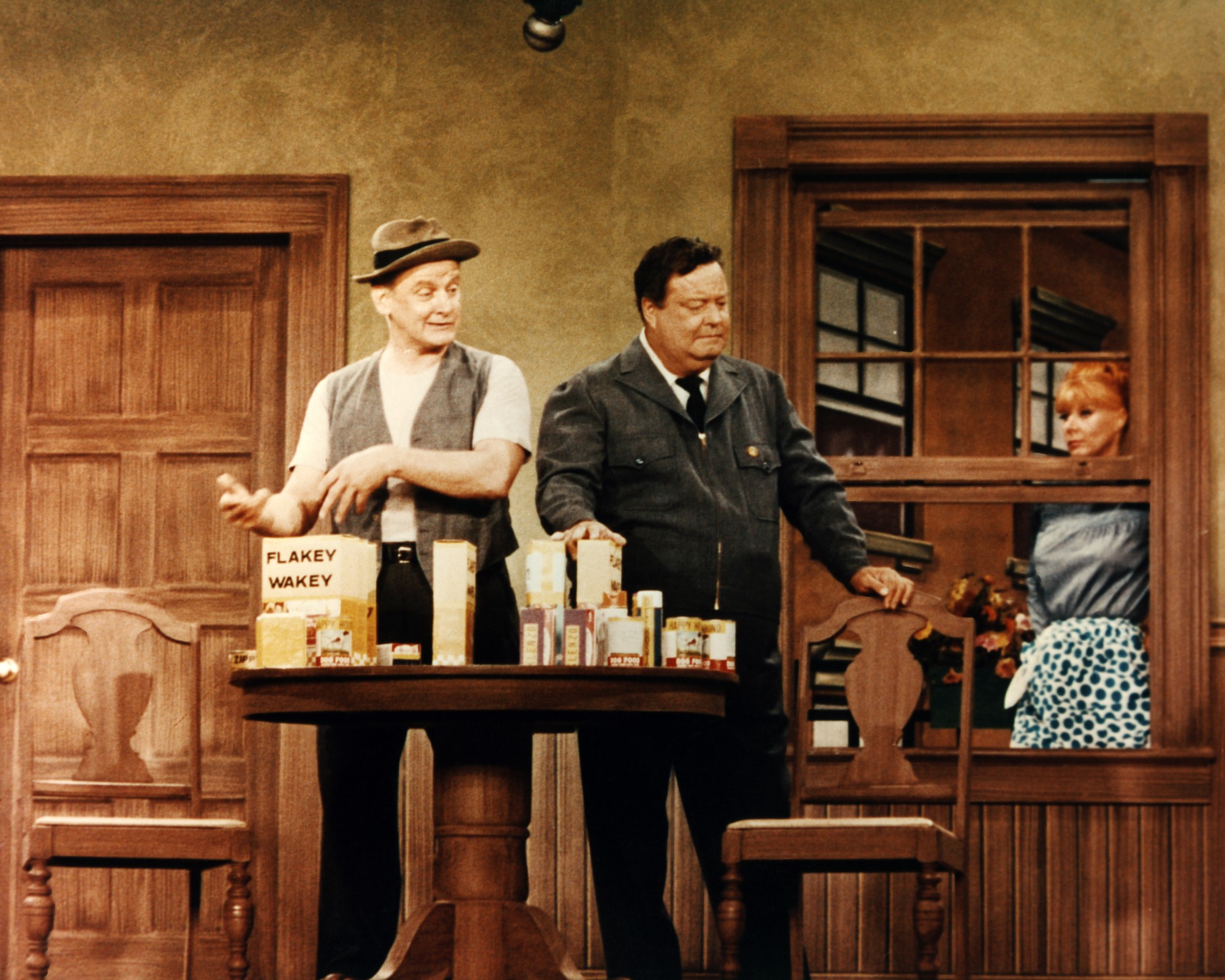
From the working-class humor of "The Honeymooners" to the fish-out-of-water antics of "The Beverly Hillbillies," these classic series captured the hearts of viewers and left an indelible mark on American pop culture. Join us as we explore ten iconic TV shows that defined a generation, showcasing the evolution of storytelling, social commentary, and family entertainment. Whether you're a baby boomer eager to reminisce or a younger viewer curious about television history, this article offers a delightful trip down memory lane.
Discover how these groundbreaking series tackled social issues, introduced unforgettable characters, and paved the way for modern television. Get ready to laugh, learn, and reconnect with the shows that shaped the landscape of American entertainment for decades to come. Getty Images / Nostalgic America, Inc.
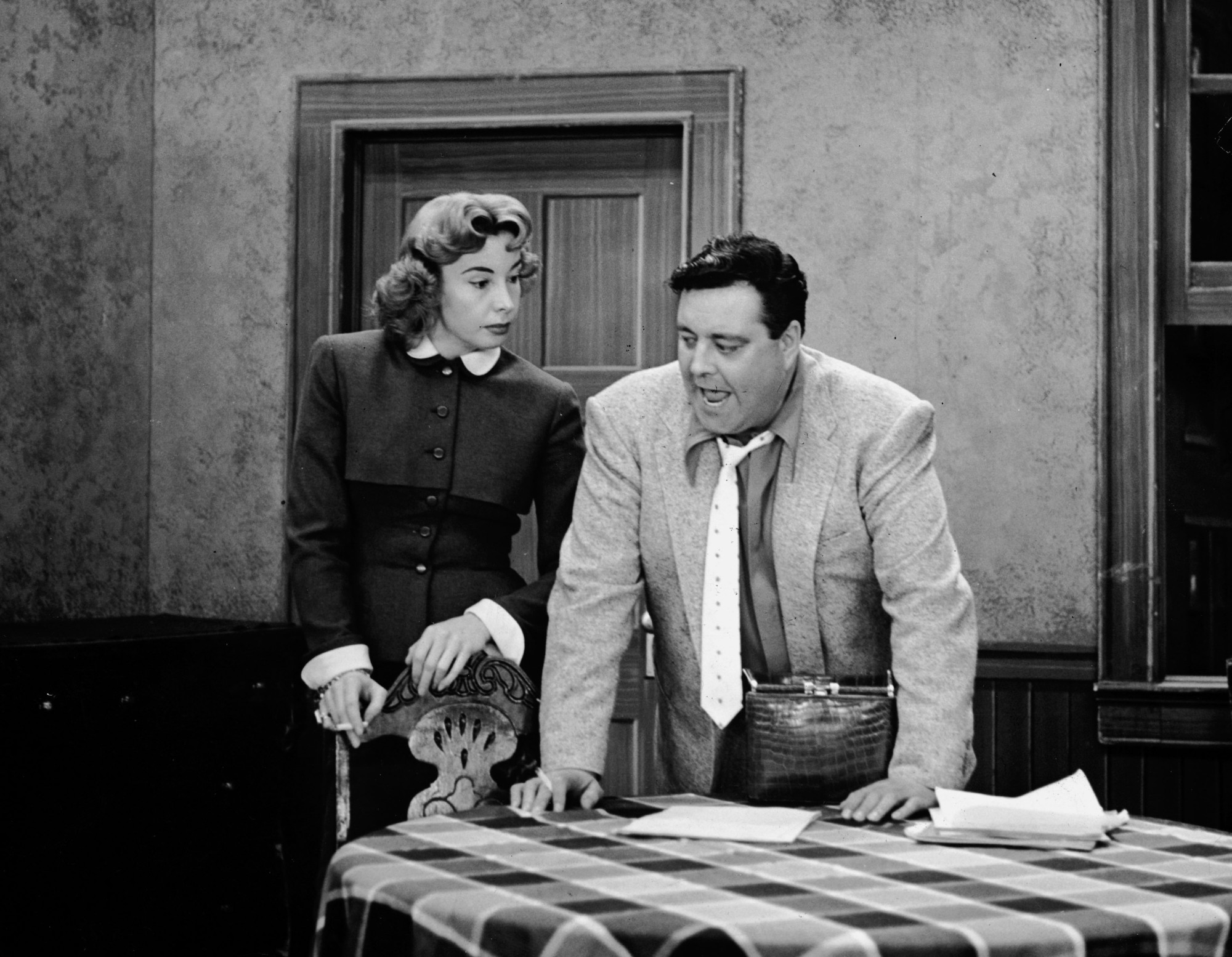
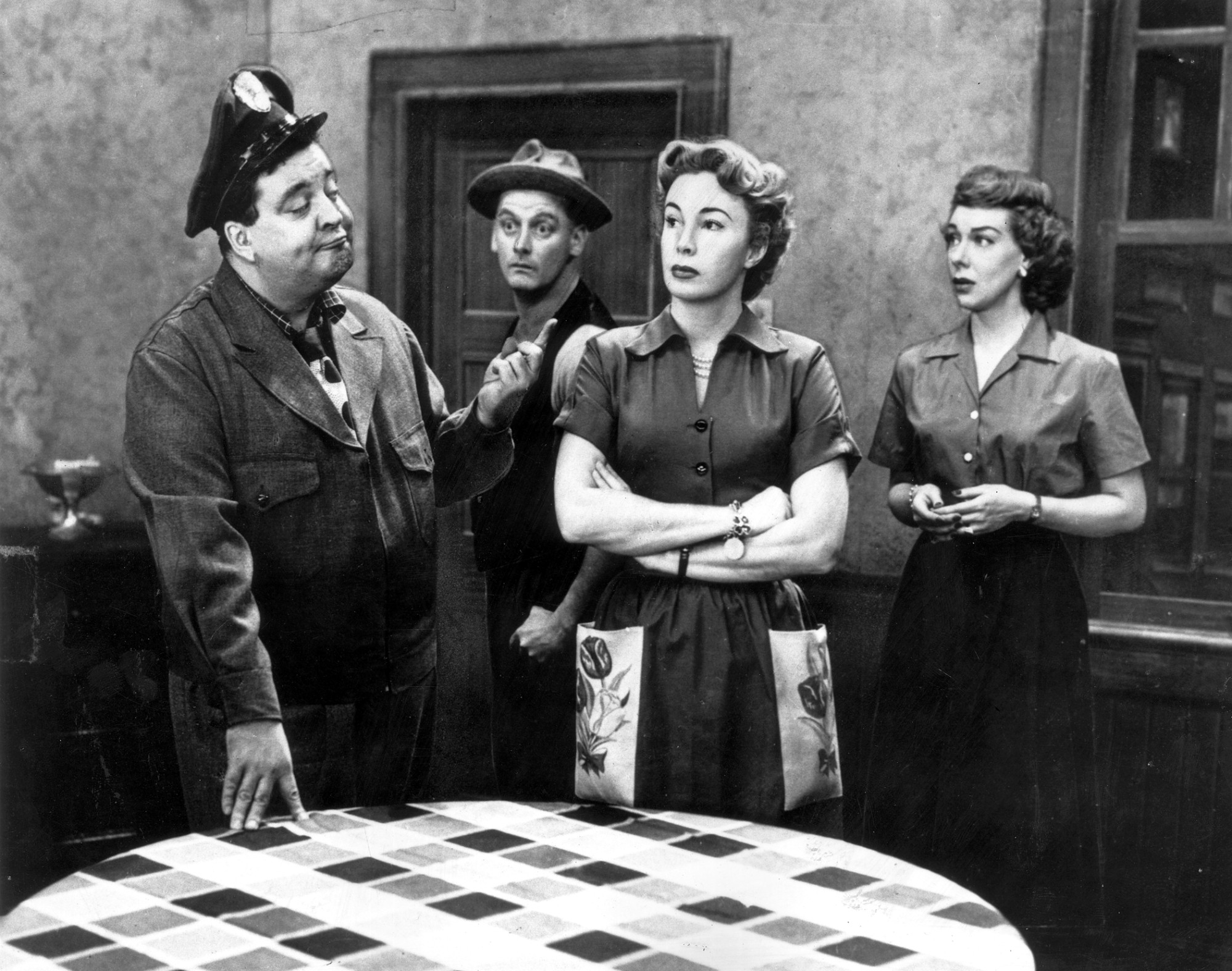
The Honeymooners (1955)
Together, with their best friends, Ed and Trixie Norton, these characters found themselves involved in a host of various plots, usually centered around one of Ralph’s less than stellar choices. Often set in the kitchen of the Kramden's ramshackle apartment, The Honeymooners presented a window into a working-class family’s everyday life without using rose-colored glasses or shying away from the grittier aspects of what it meant to live on the opposite side of the picket fence. Getty Images / Nostalgic America, Inc.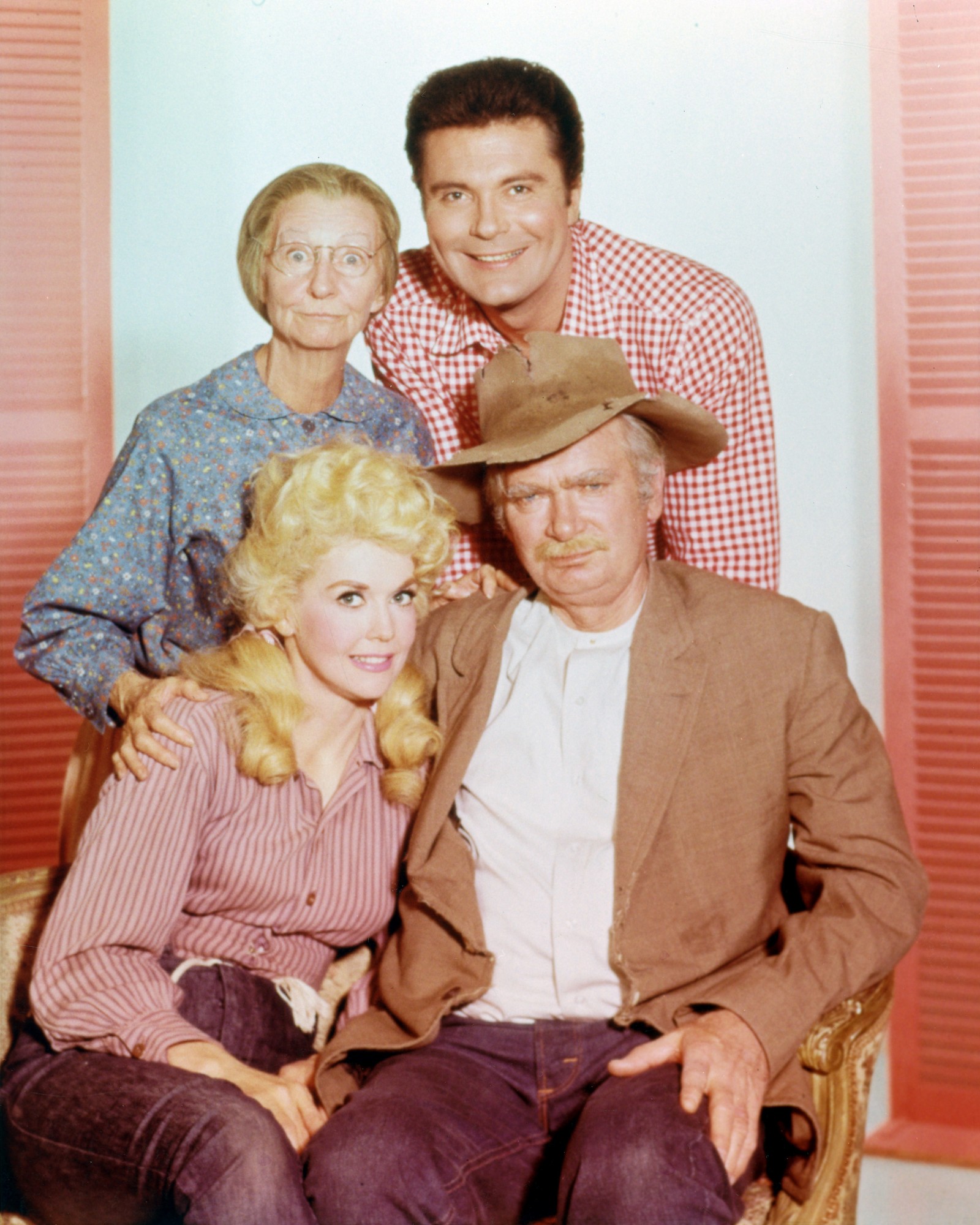
The Beverly Hillbillies (1962)
From podunk to not quite posh, The Beverly Hillbillies told the story of impoverished mountain family, the Clampetts, as they experienced life outside the Ozarks for the first time having struck “bubbling crude…oil that is; black gold, Texas tea” on their land, relocating to the fanciest place they could think of-Beverly Hills, California. Family members included widower patriarch Jed, his mother-in-law Daisy May Moses, otherwise known as “Granny Clampett”, Jed’s only child, daughter Elly May, and the son of Jed’s cousin Pearl, his nephew Jethro Bodine. The show employed the “fish out of water” trope, planting the Clampett’s directly into an upscale environment and having them simply be their best backwoods, not at all pretentious selves. Getty Images / Nostalgic America, Inc.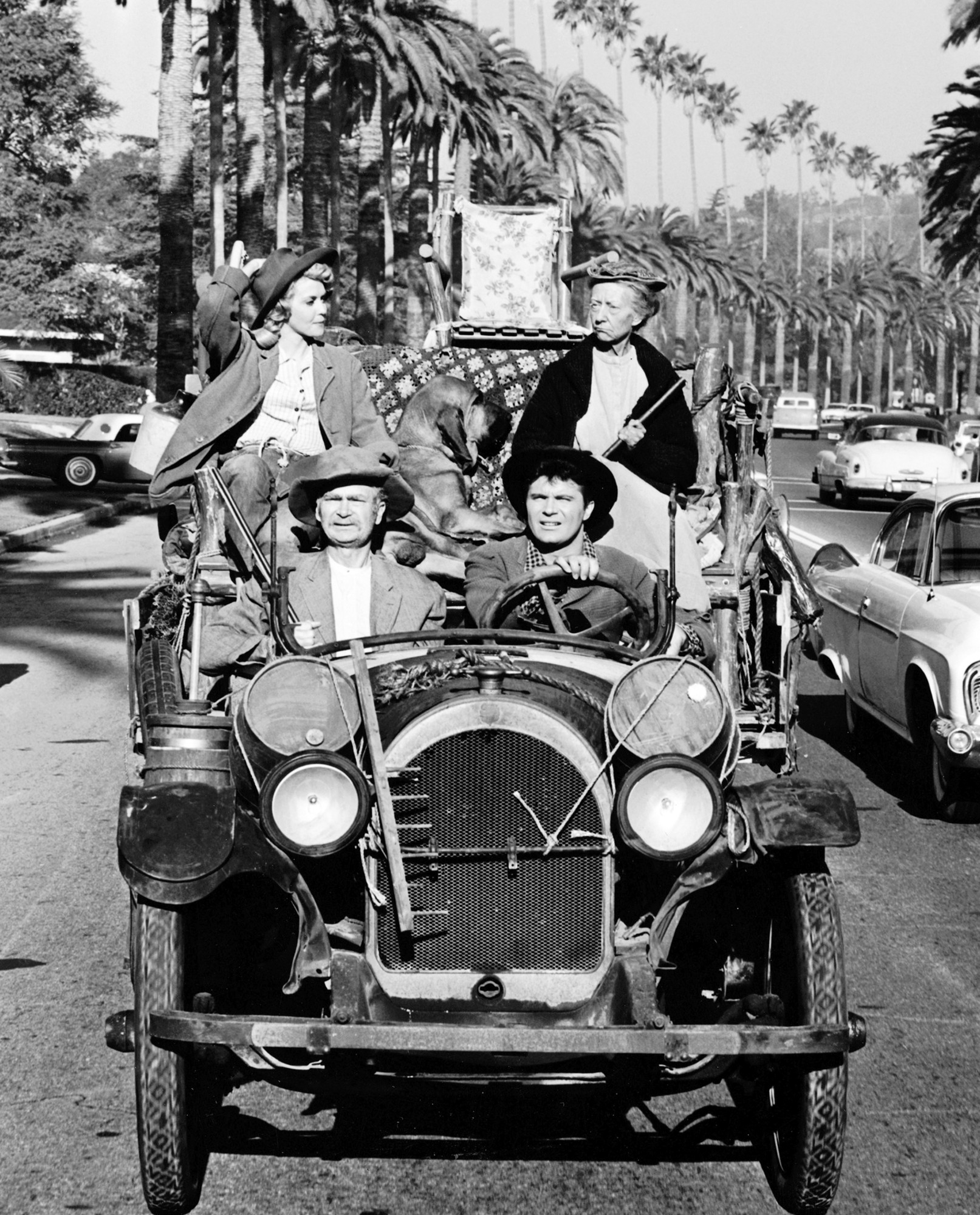
On their way to Beverly Hills
Much of the humor and charm of the show was derived from the use of puns and word play, and culture shock experienced by not only the family, but the community members they interacted with, as having a hillbilly for a neighbor in Beverly Hills was about as big an expectation violation as one could imagine. Additional comedic fodder was found in the character Mr. Milburn Drysdale, the Clampett’s neighbor and manager of the bank that held their great fortune. He went to several ridiculous lengths to keep them from blowing through all their money and keep it in his bank. The show lasted nine seasons, inspired a film adaption released in 1993 (which the actor who played Jed, Buddy Ebsen, had a role in), two additional television series, Petticoat Junction and Green Acres, and remains in syndication as of 2024. Getty Images / Nostalgic America, Inc.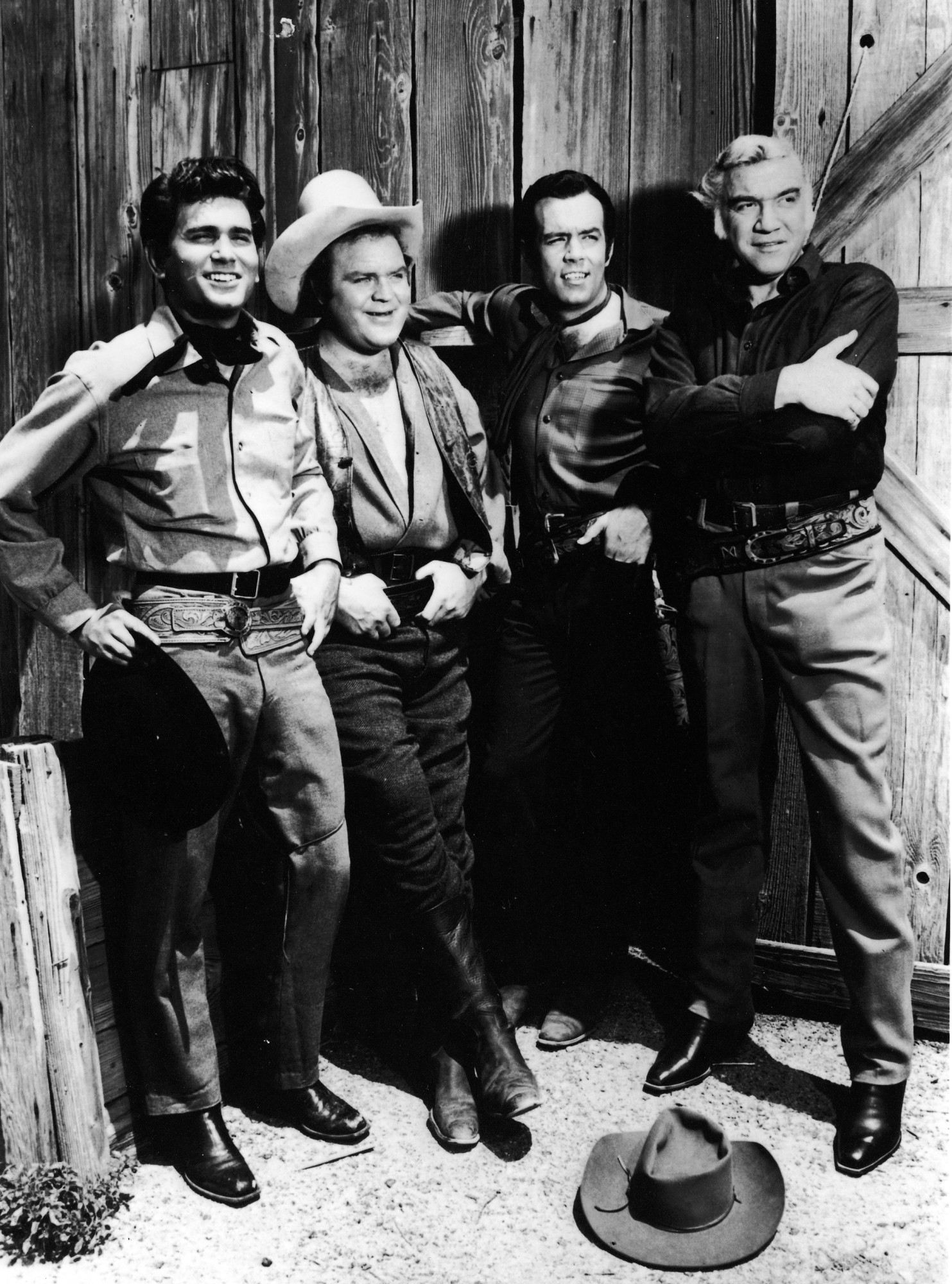
Bonanza (1959)
When you hear references to The Ponderosa, or Hoss and Little Joe, you have Bonanza to thank. Oddly progressive in its depiction of parentage and fatherhood, (not only for the era in which it was filmed, but the one in which it was set - during and after the Civil War) the show’s main character, patriarch and Nevada rancher Ben Cartwright, fathered all three of his sons - Adam, Hoss and Little Joe - with a different wife, all of which were deceased. This is but one example of how the show intentionally shook up the societal norm. Its central goal was to not be simply another western, full of gunslinging and rowdy cowboying; but a look inside a family and community dynamic, how conflict is managed, and relationships are built and maintained. Getty Images / Nostalgic America, Inc.
Hoss was a Gentle soul!
Though set in the 1860s, Bonanza attempted to tackle modern-day difficult topics such as racism, bigotry toward marginalized and religious groups, addiction, and spousal abuse. Due to a decline in viewership after their time slot was changed, as well as the sad passing of Dan Blocker who portrayed the gentle Hoss, Bonanza was canceled in 1972. Getty Images / Nostalgic America, Inc.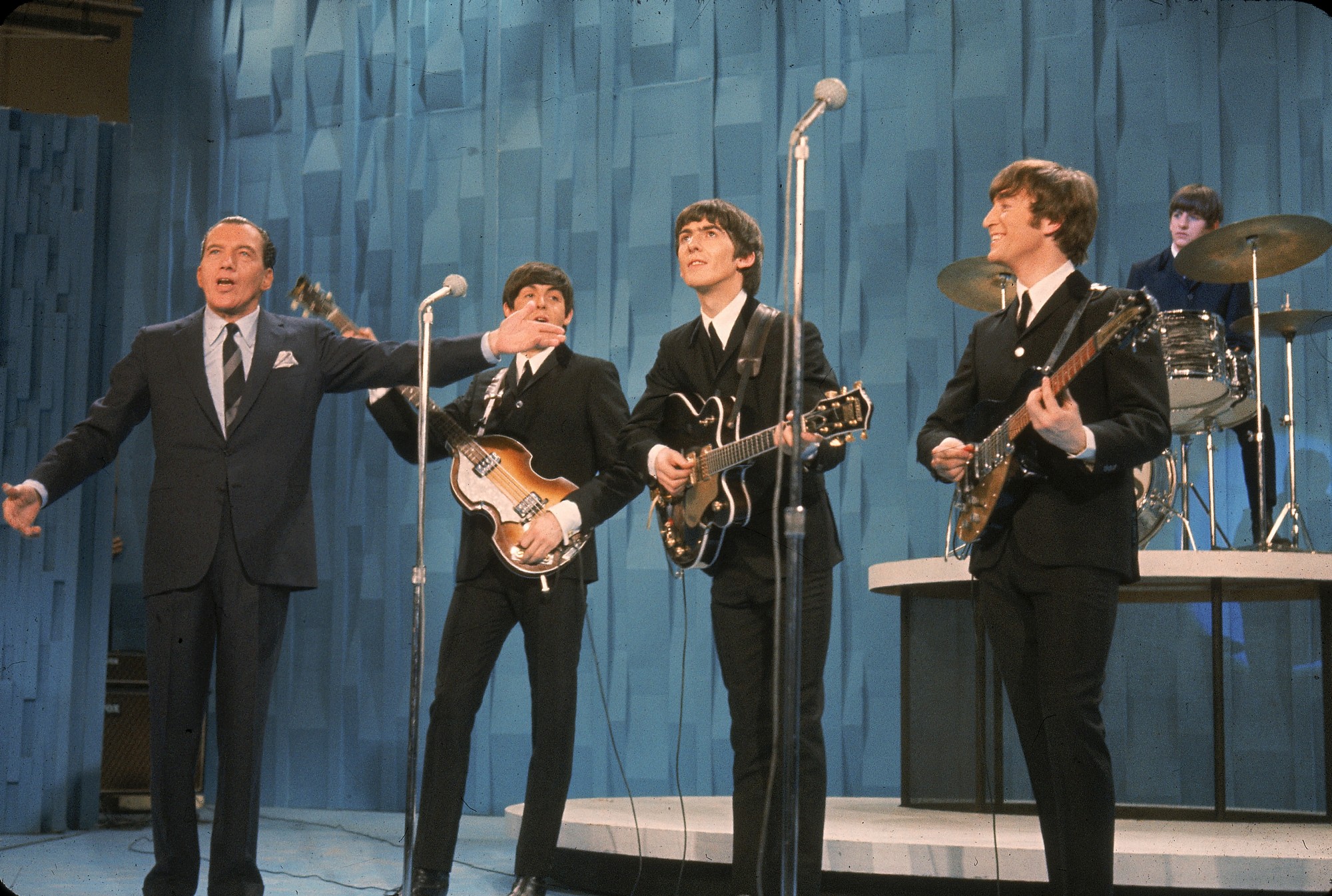
The Ed Sullivan Show (1948)
Before Sonny and Cher had each other and a co-hosted comedy hour, and before Lorne Michaels was anywhere near of age to conceptualize Saturday Night Live into existence, there was The Ed Sullivan Show. In the same vein as its later contemporaries, likely even serving as their inspiration, the show consisted of humorous sketches with recurring characters, as well as a new musical guest every week. It was considered the pinnacle of the tipping point toward stardom, as so often unknown talent was discovered by taking its stage. Mr. Sullivan had the honor of introducing the U.S. to the Beatles, as their first ever live performance on American soil occurred in his studio. Getty Images / Nostalgic America, Inc.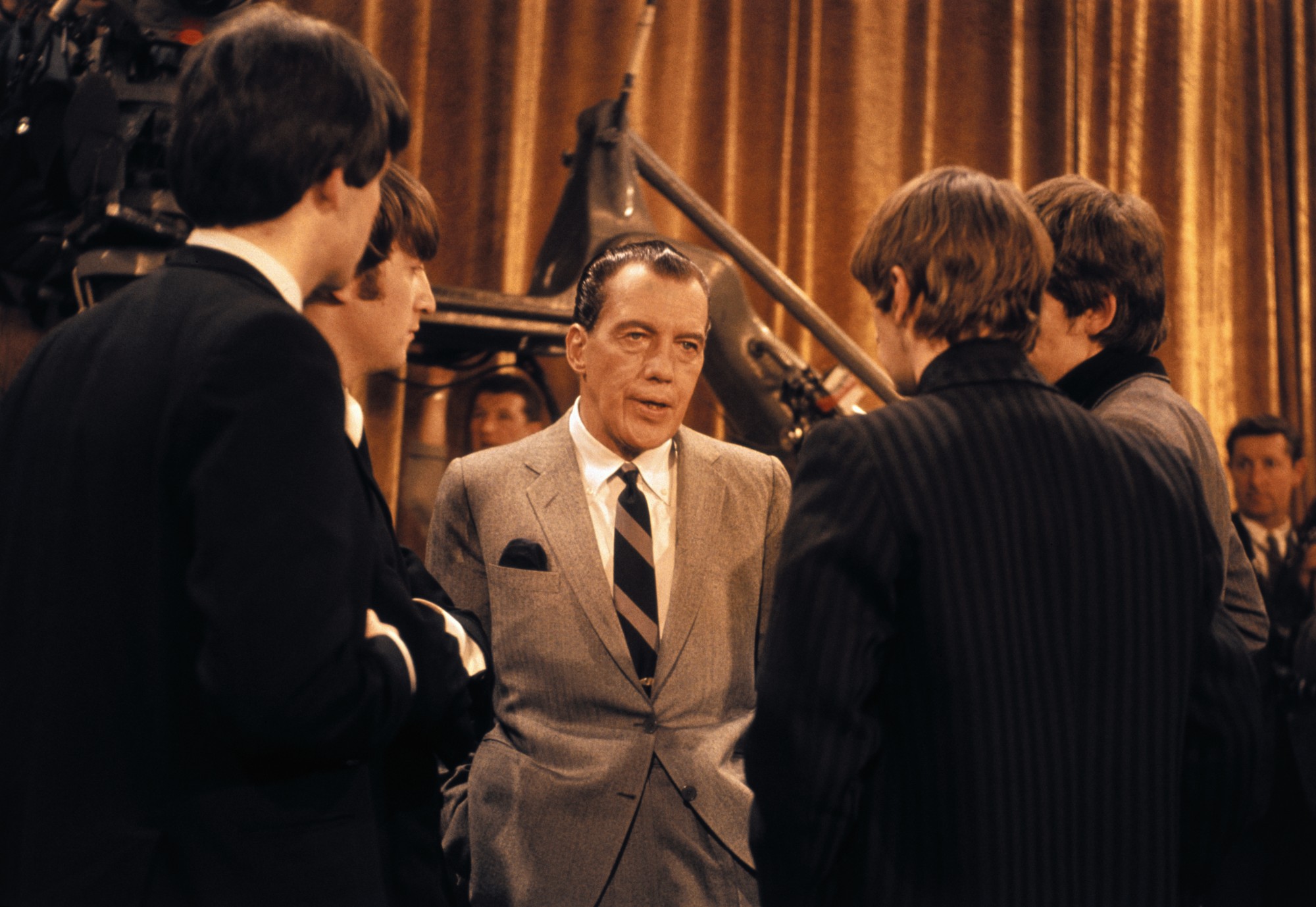
The Beatles made Ed's show famous to the younger generation also
The show had a successful twenty-three-year run, ending when viewership began to be mostly an older demographic than was desirable, and eventually declined altogether. Getty Images / Nostalgic America, Inc.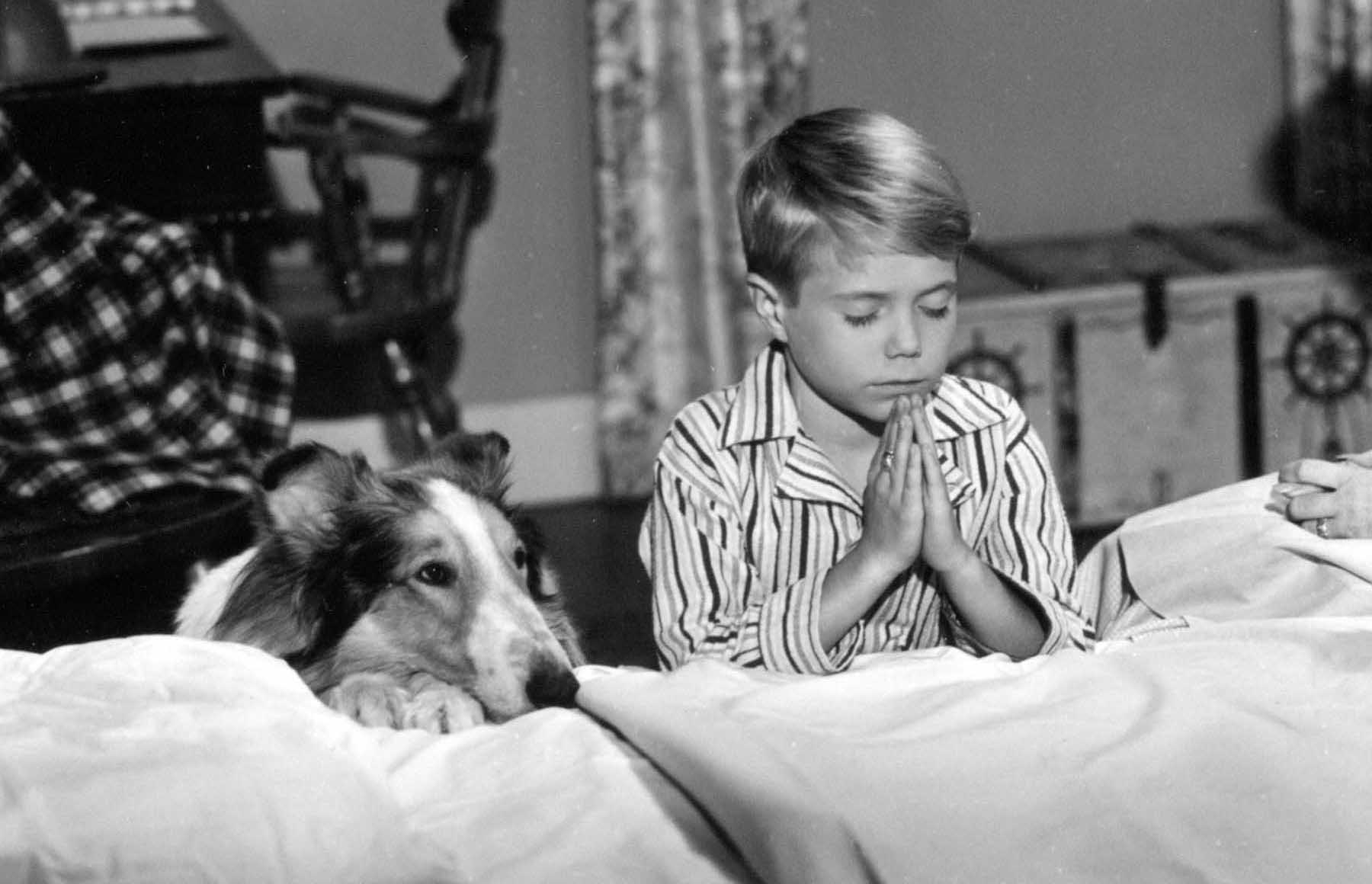
Lassie (1954)
Dedicated and fearless Rough Collie, Lassie, was a fierce friend and protector to the humans she called companions. She was brilliant and quick to react anytime there was trouble. The series saw Lassie devote herself without hesitation to four different families, first the Millers, then the Martins, then Forest Ranger Corey Stuart. In between Ranger Stuart and her final family, Lassie would venture out on her own, the audience eager to see what she’d get up to next. Lassie’s last stop was with the Holden family on their ranch, which they fashioned into a home for orphaned boys. Getty Images / Nostalgic America, Inc.
Lassie
This family friendly sitcom enjoyed nineteen seasons of success, and inspired a comic book series, an animated series in 1973, a reimagining/sequel in 1989, and a remake in 1997. There was also a movie by the name of Lassie created in 1994. However, that project seems to deviate from the Lassie origins. Getty Images / Nostalgic America, Inc.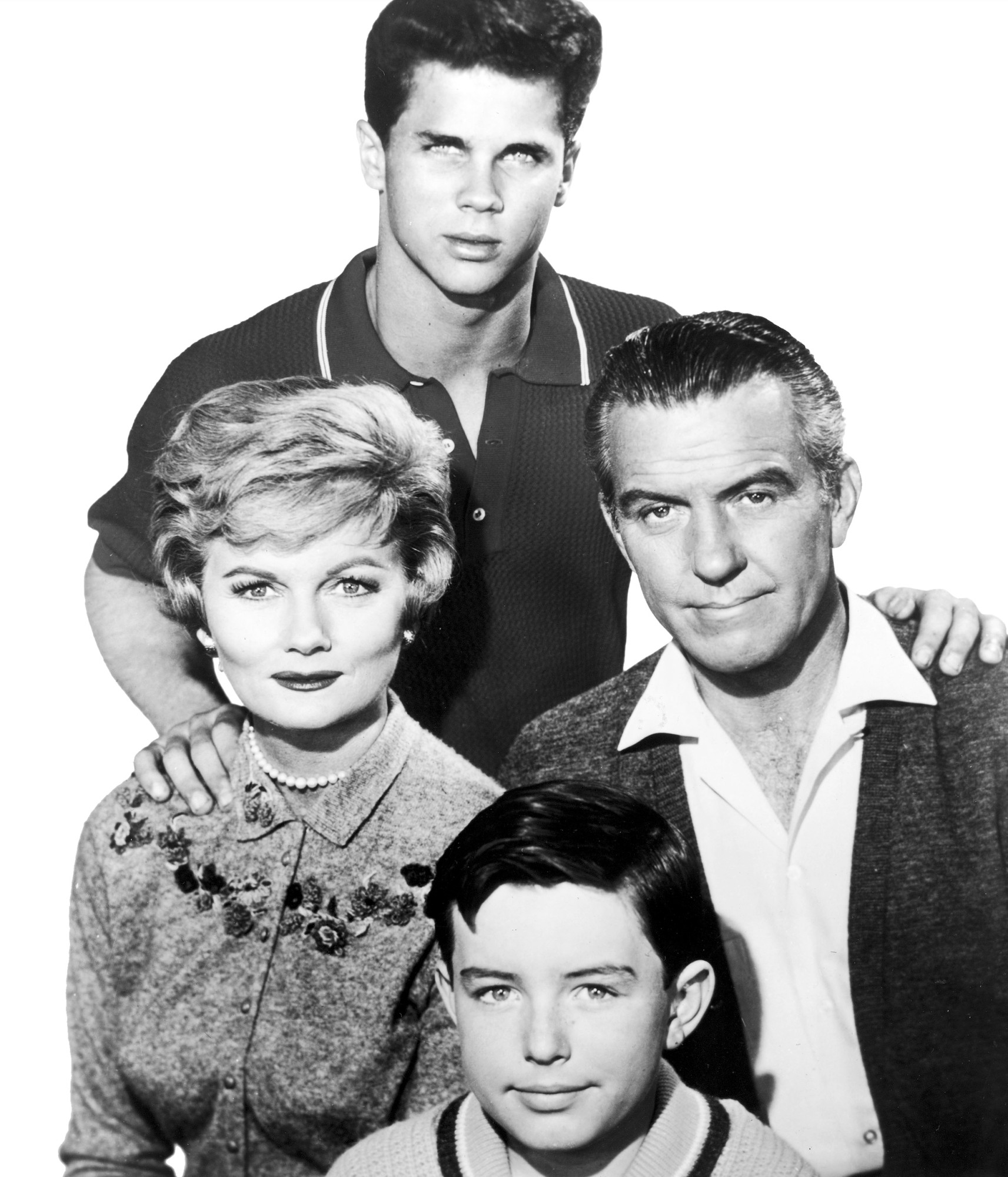
Leave It To Beaver (1957)
A nuclear family, situated comfortably in quiet suburbia. The husband worked. The wife cooked, cleaned, and raised children. Ward and June Cleaver had the cookie-cutter version of the white-picket fence “American dream.” They were parents to two boys, Wallace, nicknamed Wally, and Theodore “Beaver” Cleaver. The title Leave it to Beaver is a sarcastic allusion to the fact that the premise of the show was based around the mischief Beaver and his pals were always getting up to. Getty Images / Nostalgic America, Inc.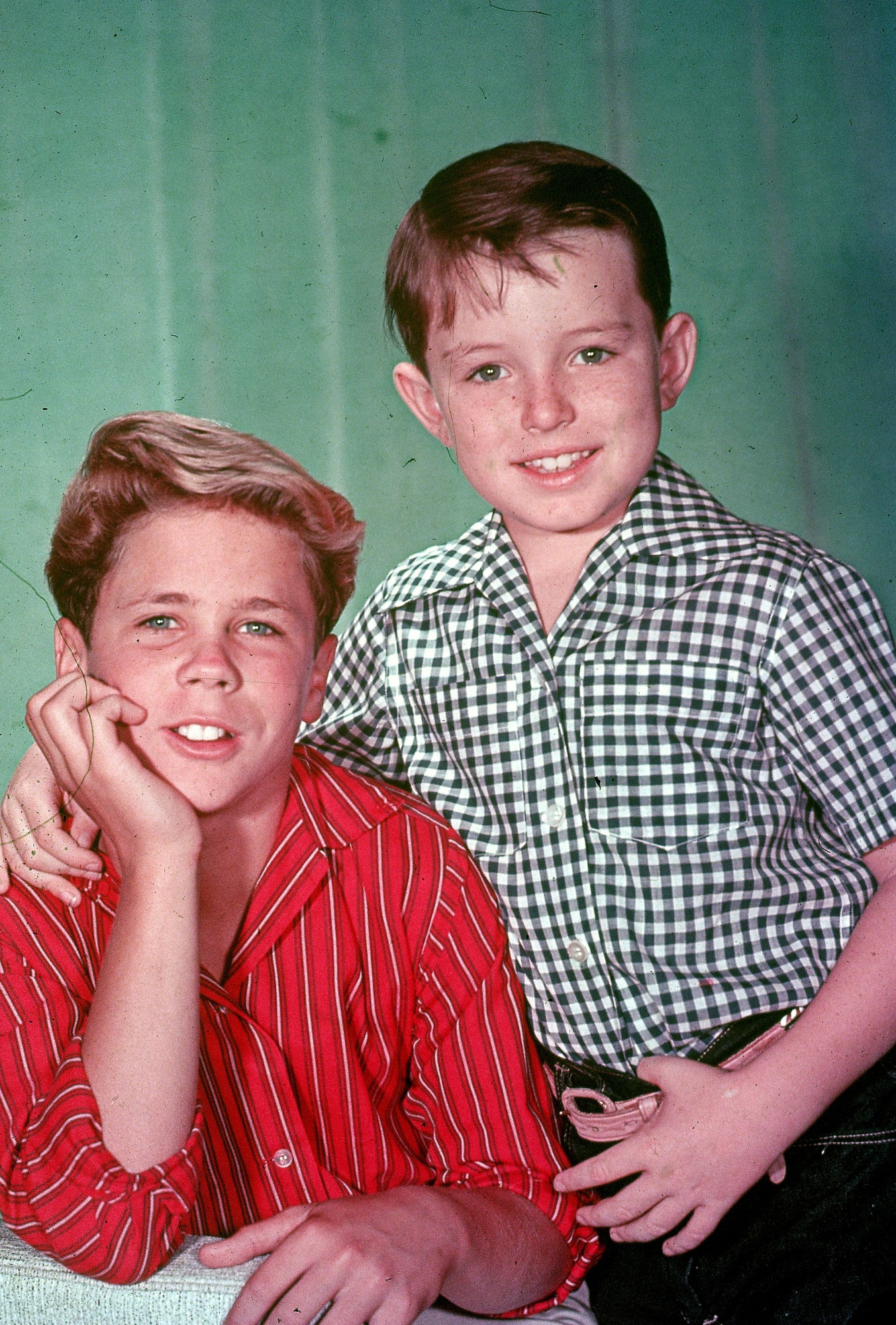
Wally and the Beev
An inherently good kid, although frequently requiring gentle redirection from the adults in his life, he viewed the world through a lens of boyish innocence and naïveté. Beaver was curious about the world he lived in and how it never seemed to make much sense. Indeed, leave it to him to find a way to shake up the status quo in his and his family’s everyday routine. Getty Images / Nostalgic America, Inc.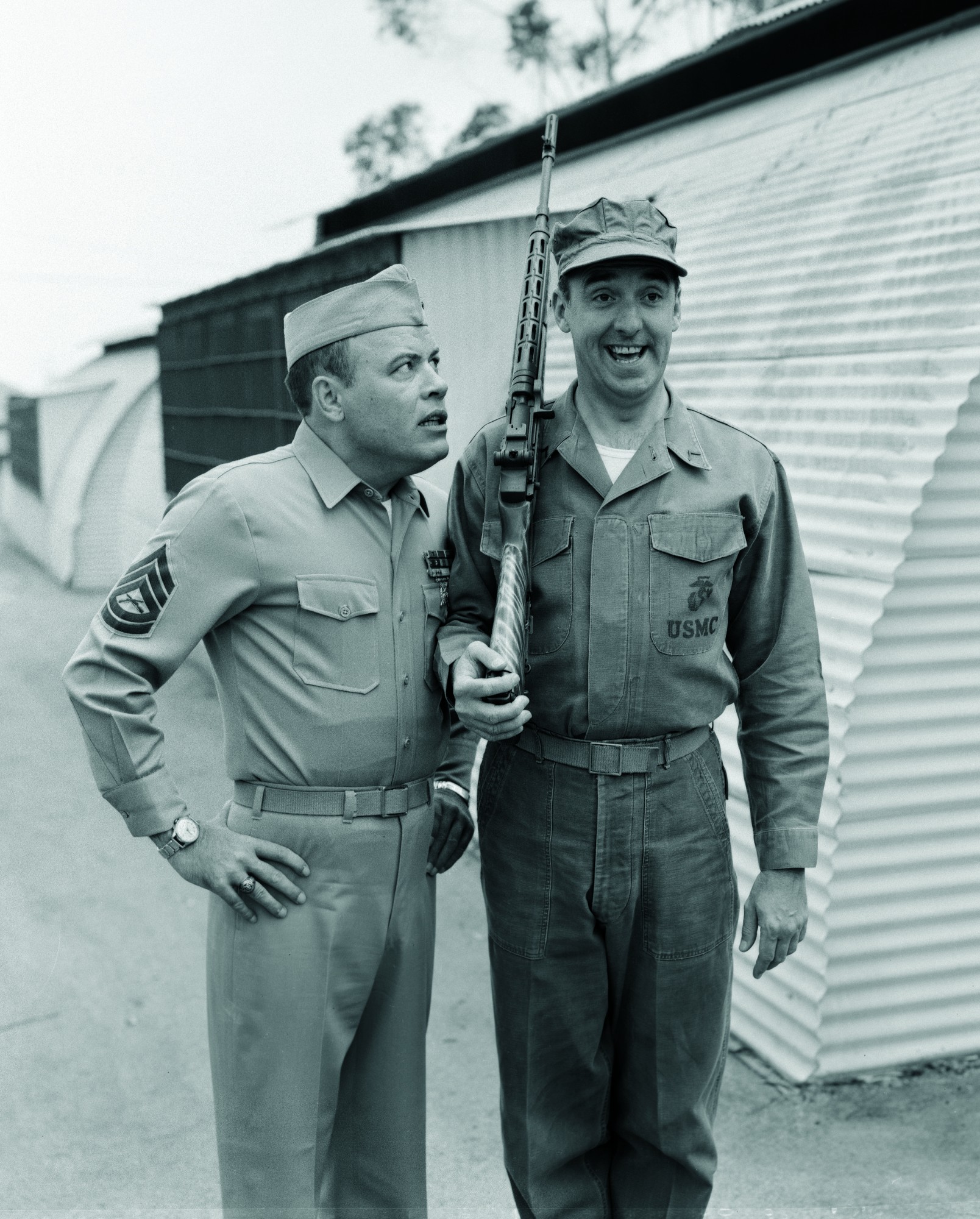
Gomer Pyle, U.S.M.C. (1964)
A spin-off of The Andy Griffith Show, Gomer Pyle, USMC took the unsophisticated and sweet gas station mechanic from Mayberry, North Carolina to Private First Class in the United States Marine Core at the fictional Camp Henderson in California. The military as the great equalizer it is purported to be only further showcased Pyle’s differences from his enlisted counterparts, as he remained the simple, decent, well-intentioned but still mostly oblivious country boy from middle of nowhere America. It was Pyle’s tendency to unintentionally incense his Gunnery Sergeant, Carter, with his naïveté and lack of self-or situational awareness that provided much of the humor throughout the show’s five season stint. Getty Images / Nostalgic America, Inc.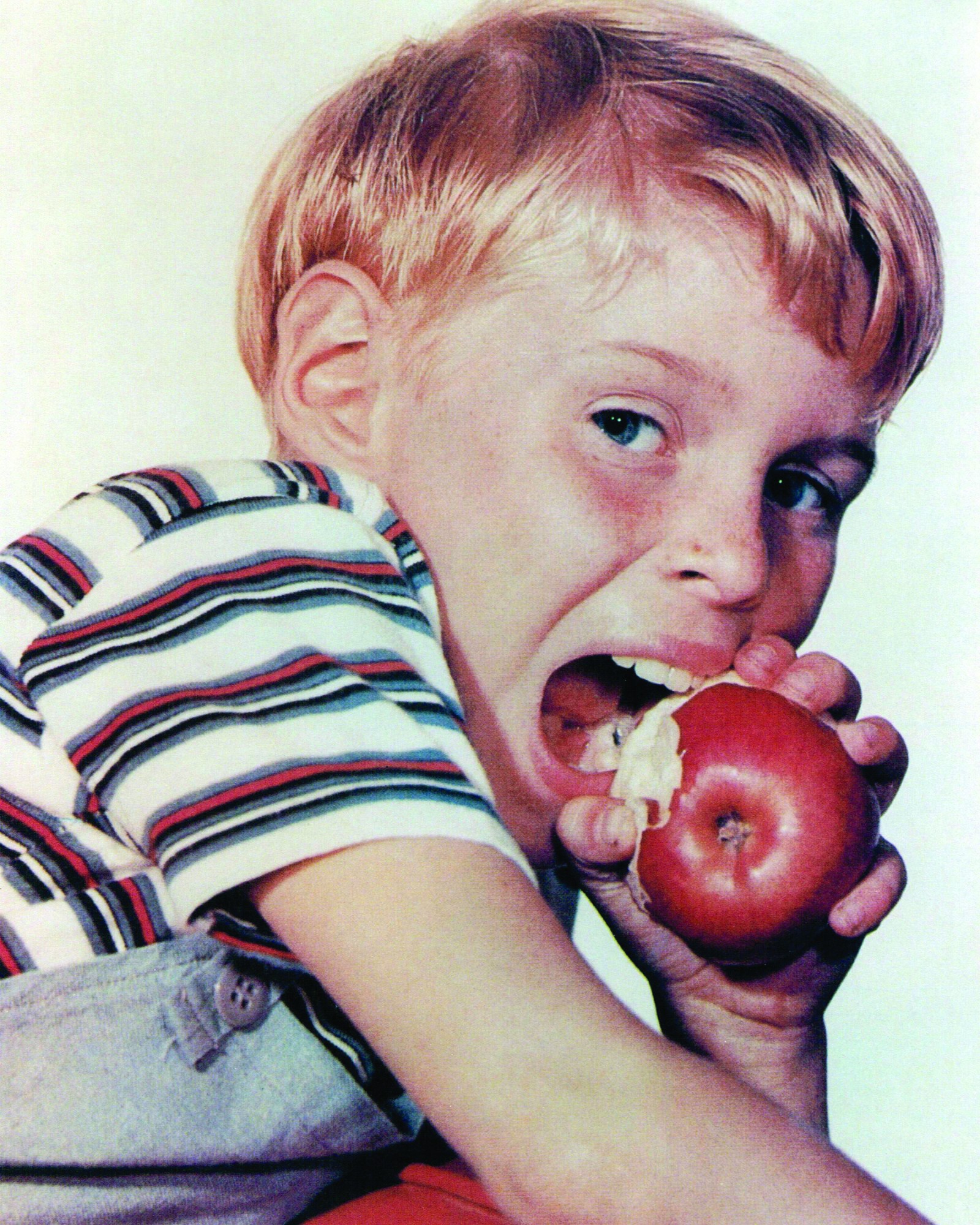
Dennis the Menace (1959)
When a rapscallion of a young man lives next door to a retired salesman just trying to enjoy the fruits of his life’s labor in peace, you get the perfect storm of troublemaker versus curmudgeon that was Dennis the Menace. Getty Images / Nostalgic America, Inc.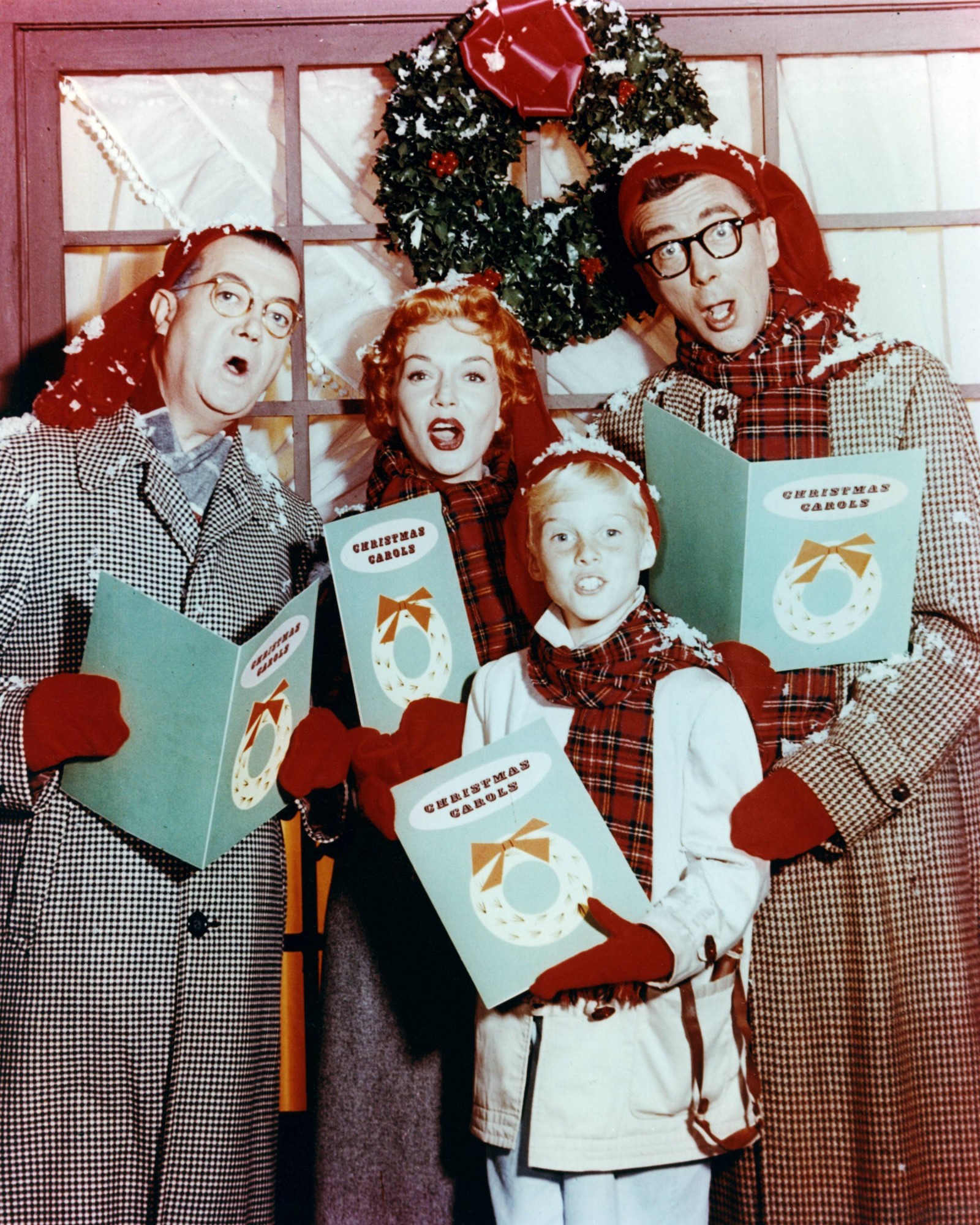
Dennis the Menace
Dennis was the only child of Henry and Alice Mitchell, and he actually meant well in his efforts to help others. However, the crux of the show rested on the situations where Dennis made things worse, thereby ruffling many feathers, most of all his neighbor George Wilson. The two enjoyed a playfully antagonistic relationship, with Dennis often referring to Mr. Wilson as his best friend. Getty Images / Nostalgic America, Inc.
Rawhide (1959)
Clint Eastwood is an icon across genres and decades. He had been acting since 1955, and his turn as Rowdy Yates in Rawhide pushed him that much farther into the spotlight. Airing for eight seasons from 1959 through 1965, Rawhide detailed the struggles and interactions of a pair of cattle drivers in the 1860s American West. Eastwood co-starred as Rowdy, with Eric Fleming in the lead role as trail boss, Gil Favor. Favor was the steady, dependable, carved from oak type of man. His employees never had to question his dedication, and usually thought better than to question his authority, lest they found themselves on the losing end of a fight. Rowdy, on the other hand, was prone to live up to his name, at times being outright insubordinate. Getty Images / Nostalgic America, Inc.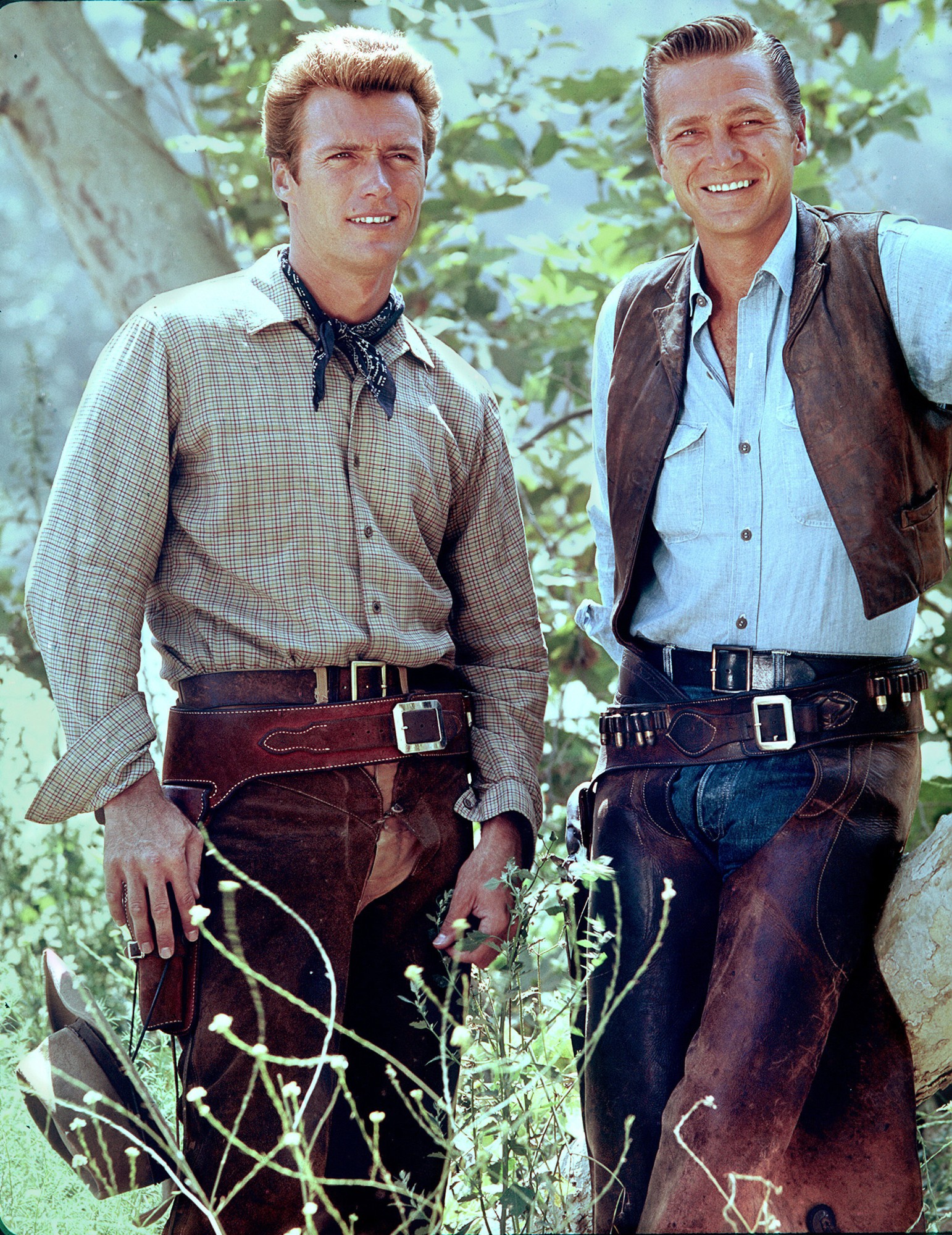
Discovering Clint Eastwood
The show’s premise revolved around some of the crew members getting themselves mixed up into trouble and needing rescued, or how the whole crew interacted with the people they came upon along the trail. A central theme was the absence of and constant search for water, making the landscape itself an ever-present abstract character. Like Bonanza, Rawhide often touched on topics from the meaner side of life, such as addiction and racism, as well as the aftermath of the Civil War. Eastwood’s character was promoted to trail boss just in time to see the show canceled after ratings plummeted in the wake of Fleming’s exit. Getty Images / Nostalgic America, Inc.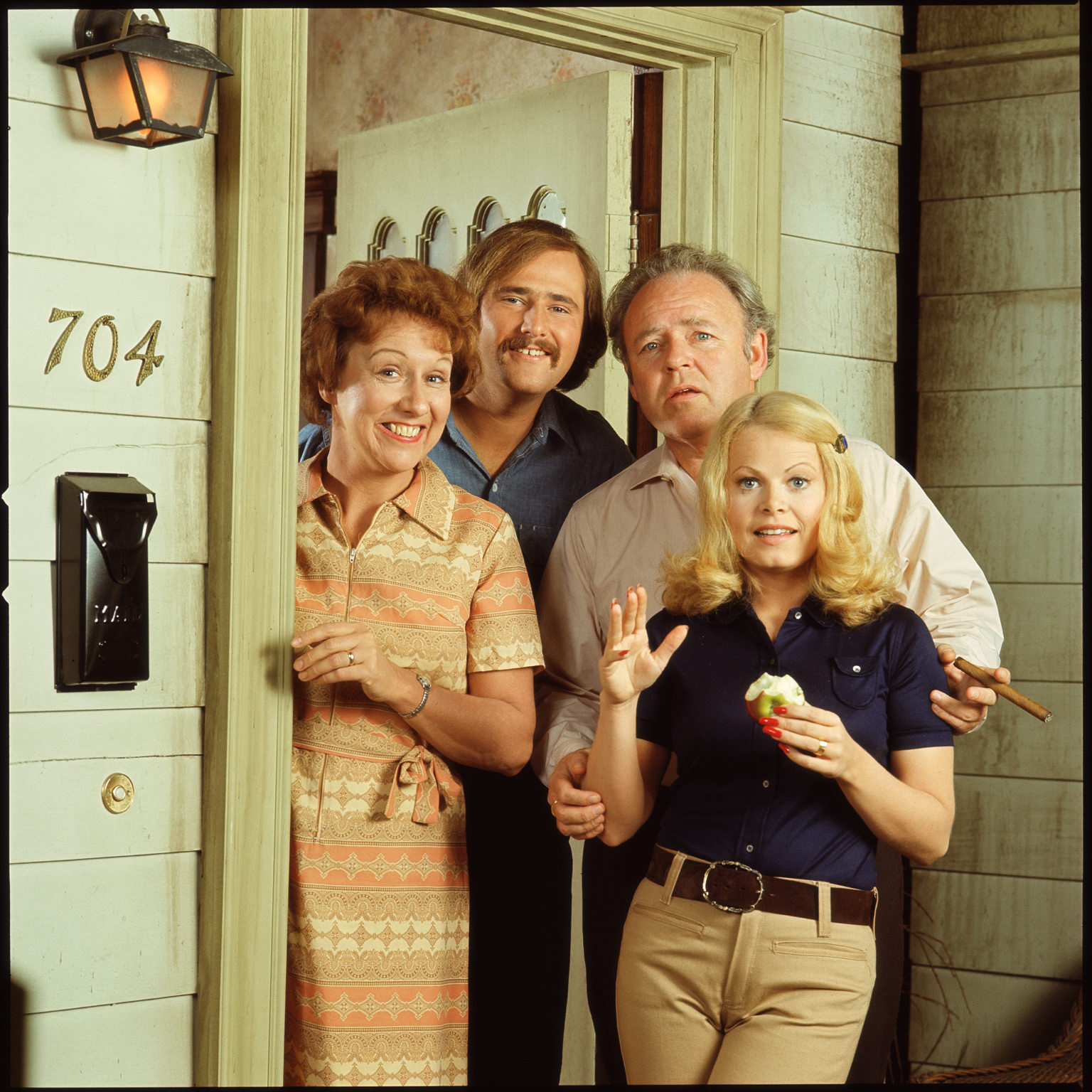
All in the Family Cast
The cast of All in the Family—Carroll O’Connor, Jean Stapleton, Rob Reiner, and Sally Struthers—created one of the most beloved ensembles in TV history. Their chemistry and performances captured the essence of the American family. Getty Images / Nostalgic America, Inc.